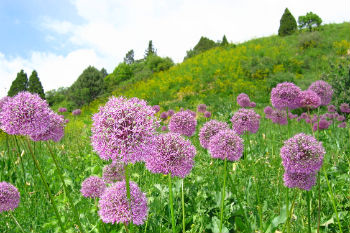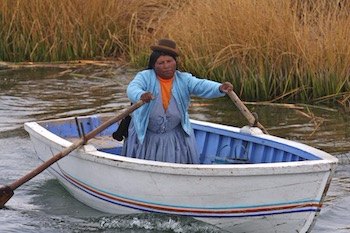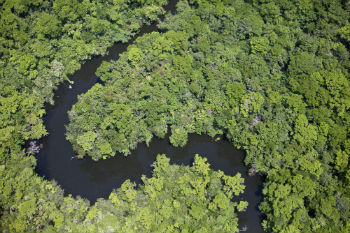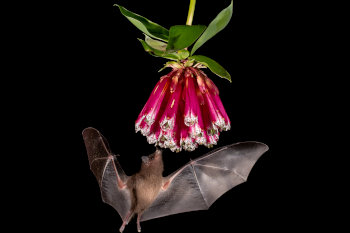CEPF's investment in the East Melanesian Islands Biodiversity Hotspot is guided by the following strategic directions as outlined in the ecosystem profile.
- Empower local communities to protect and manage globally significant biodiversity at priority Key Biodiversity Areas under-served by current conservation efforts.
- 1.1 Conduct baseline surveys of priority sites that build government-civil society partnerships and bridge political boundaries.
- 1.2 Raise awareness about the values of biodiversity and the nature of threats and drivers among local communities at priority sites.
- 1.3 Support local communities to design and implement locally relevant conservation actions that respond to major threats at priority sites.
- 1.4 Demonstrate conservation incentives (ecotourism, payments for ecosystem services, conservation agreements, etc.) at priority sites.
- 1.1 Conduct baseline surveys of priority sites that build government-civil society partnerships and bridge political boundaries.
- Integrate biodiversity conservation into local land-use and development planning.
- 2.1 Conduct participatory ownership and tenure mapping of resources within customary lands at priority sites.
- 2.2 Provide legal training and support to communities for effective enforcement of environmental protection regulations.
- 2.3 Explore partnerships with private companies to promote sustainable development through better environmental and social practices in key natural resource sectors.
- 2.1 Conduct participatory ownership and tenure mapping of resources within customary lands at priority sites.
- Safeguard priority globally threatened species by addressing major threats and information gaps.
- 3.1 Conduct research on six globally threatened species for which there is a need for greatly improved information on their status and distribution.
- 3.2 Develop, implement and monitor species recovery plans for species most at risk, where their status and distribution are known.
- 3.3 Introduce science-based harvest management of priority species important to local food security.
- 3.1 Conduct research on six globally threatened species for which there is a need for greatly improved information on their status and distribution.
- Increase local, national and regional capacity to conserve biodiversity through catalyzing civil society partnerships.
- 4.1 Strengthen the capacity of local and national civil society organizations in financial management, project management and organizational governance.
- 4.2 Provide core support for the development of civil society organizations into national and regional conservation leaders.
- 4.3 Strengthen civil society capacity in conservation management, science and leadership through short-term training courses at domestic academic institutions.
- 4.1 Strengthen the capacity of local and national civil society organizations in financial management, project management and organizational governance.
- Provide strategic leadership and effective coordination of conservation investment through a regional implementation team.
- 5.1 Operationalize and coordinate CEPF’s grant-making processes and procedures to ensure effective implementation of the investment strategy throughout the hotspot.
- 5.2 Build a broad constituency of civil society groups working across institutional and political boundaries towards achieving the shared conservation goals described in the ecosystem profile.
- 5.1 Operationalize and coordinate CEPF’s grant-making processes and procedures to ensure effective implementation of the investment strategy throughout the hotspot.
Read more about CEPF's strategy in the hotspot in chapter 12 of our ecosystem profile (PDF - 3.9 MB).





